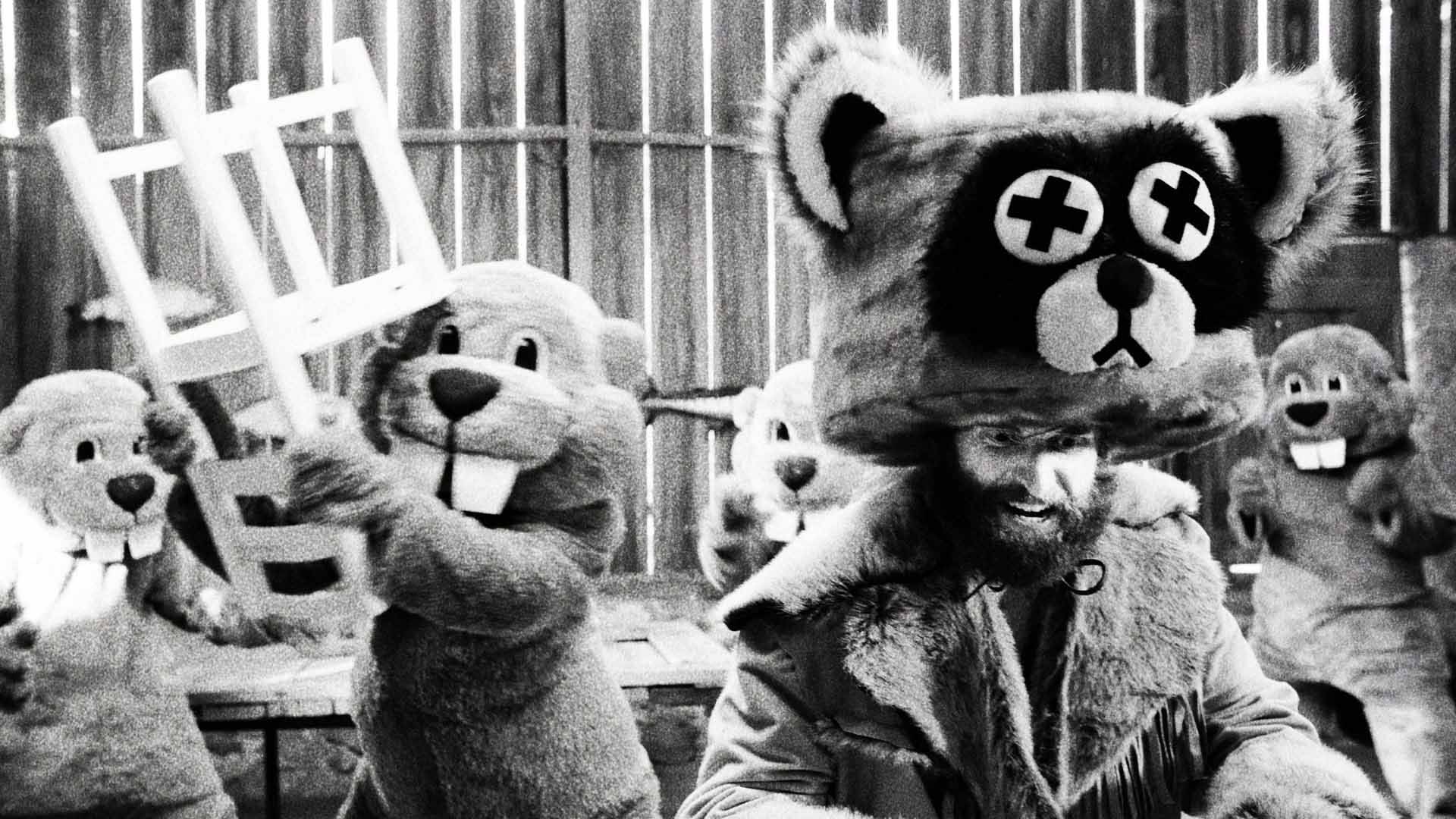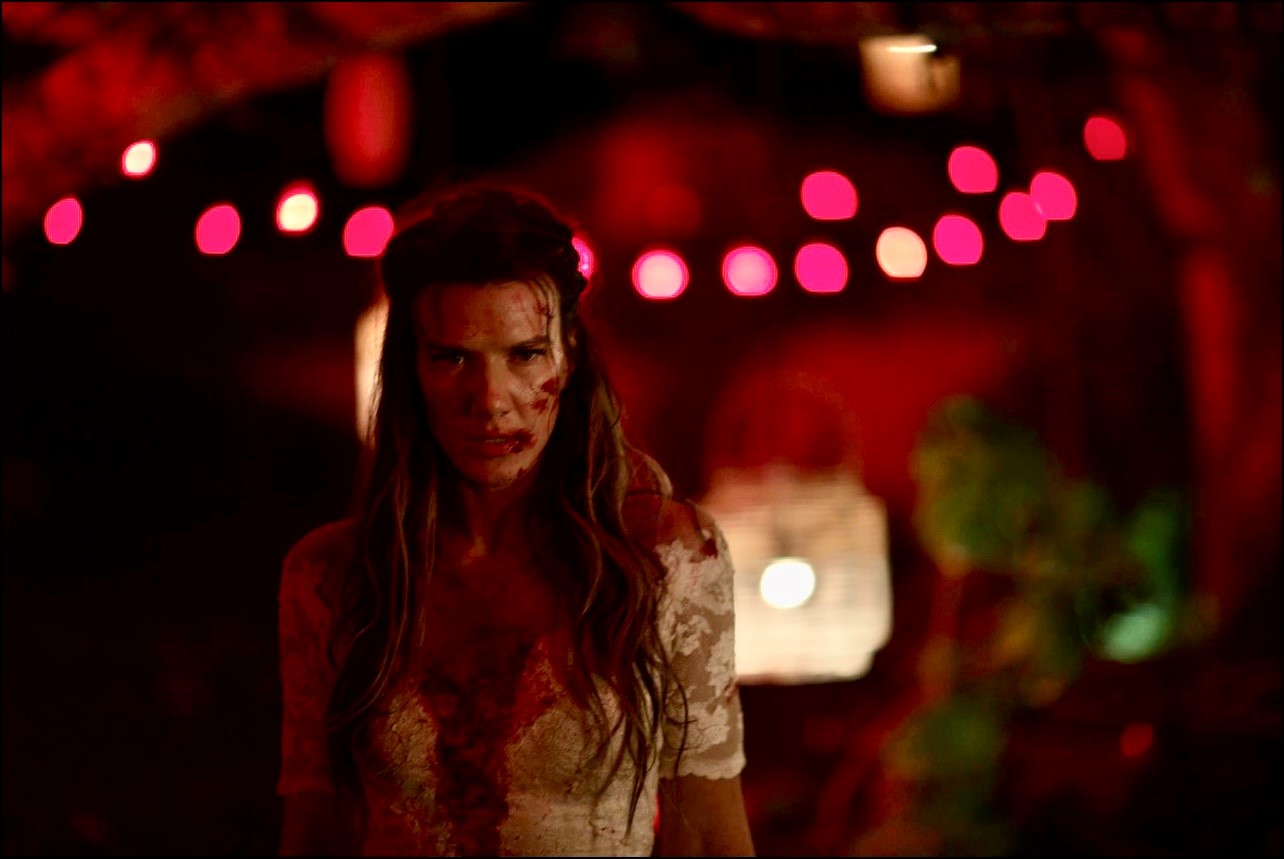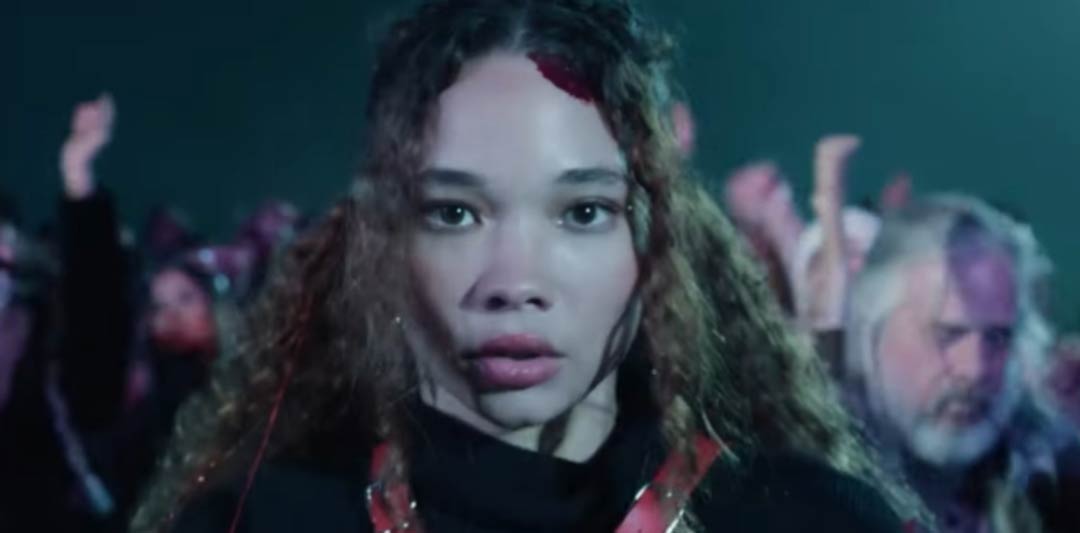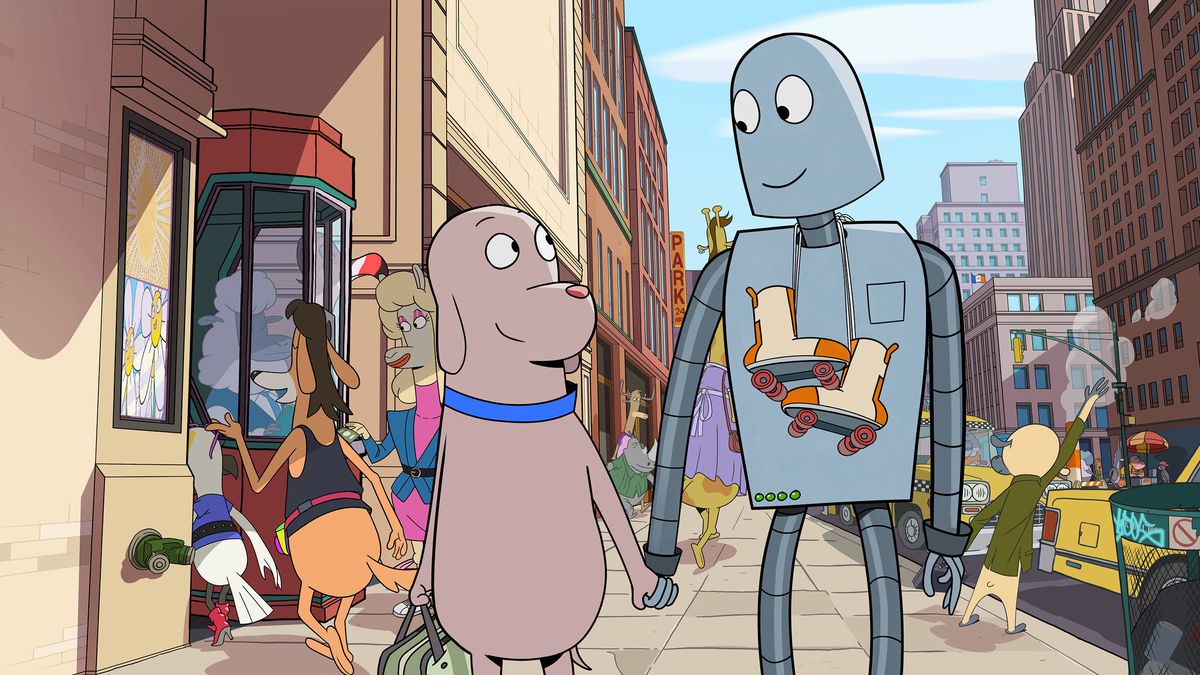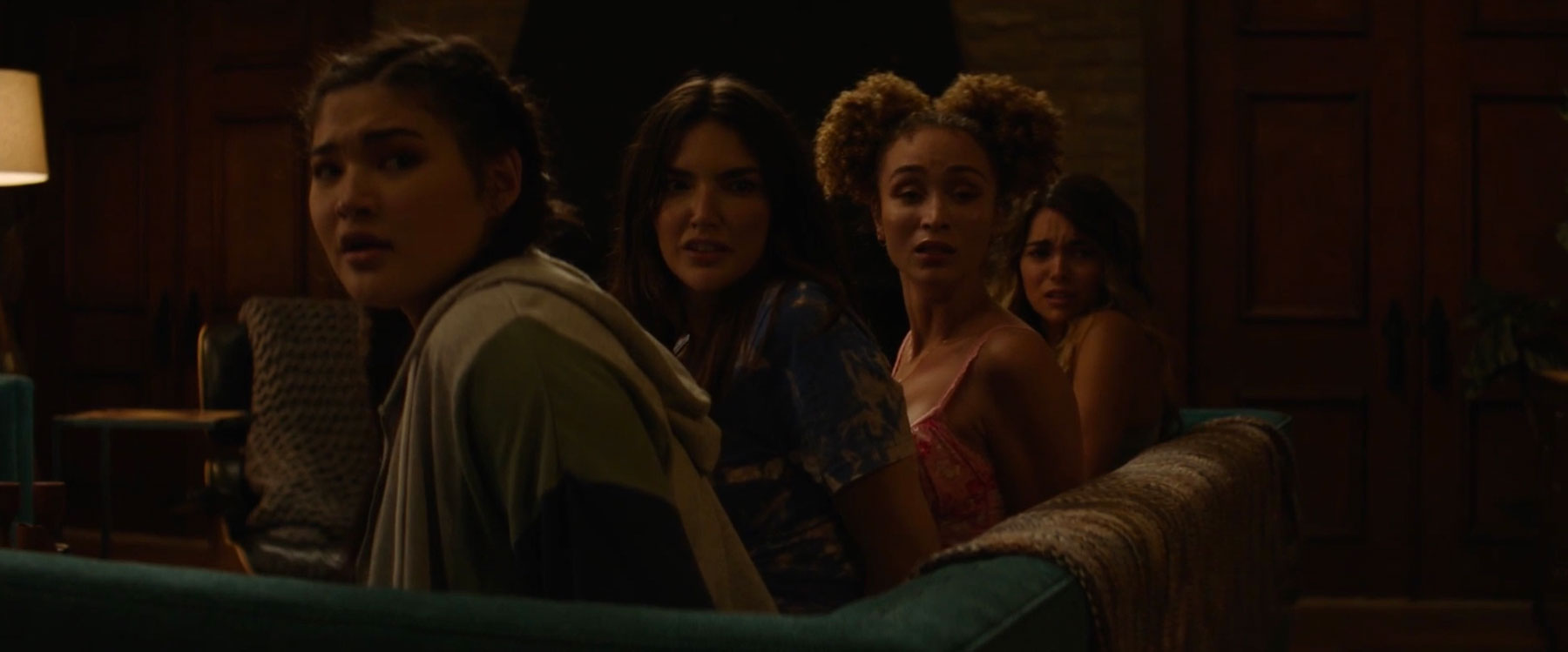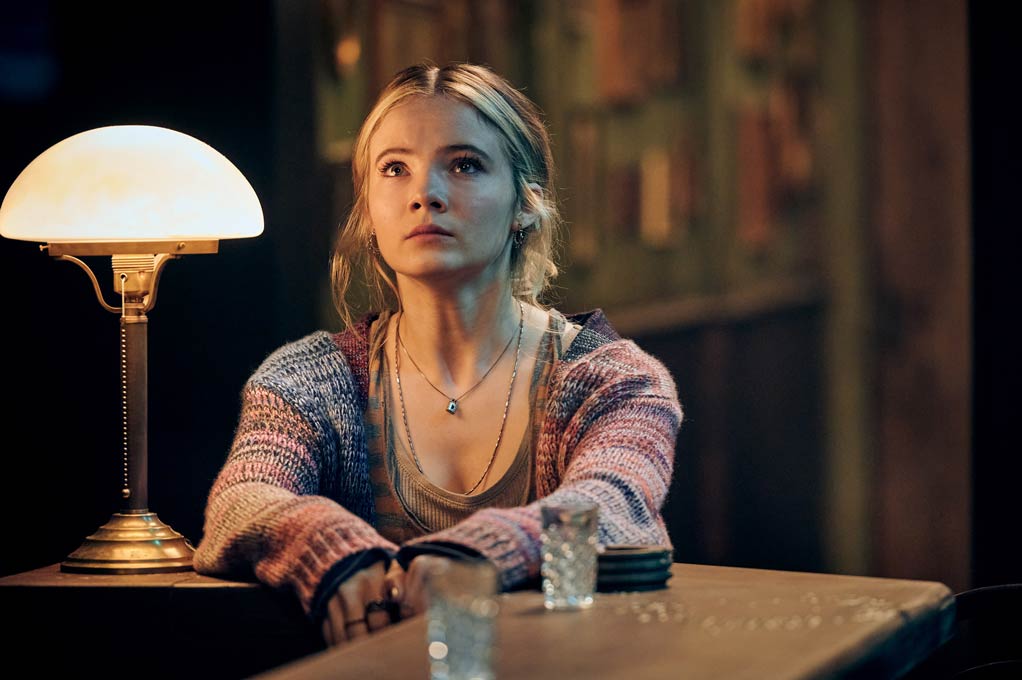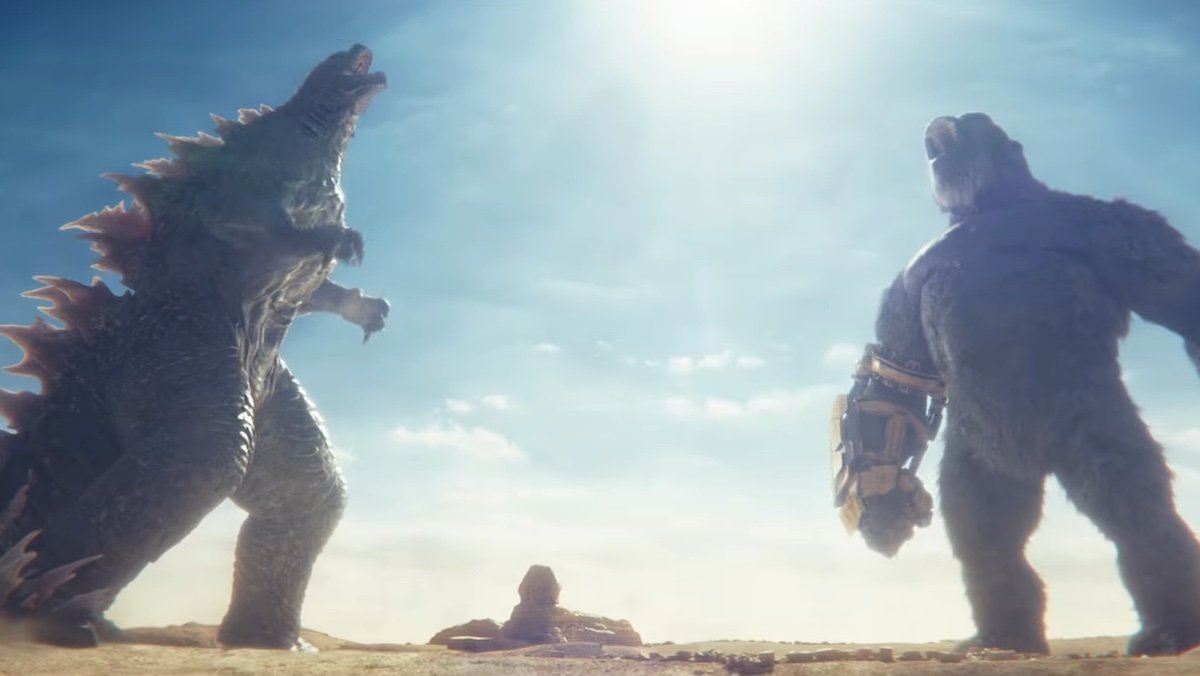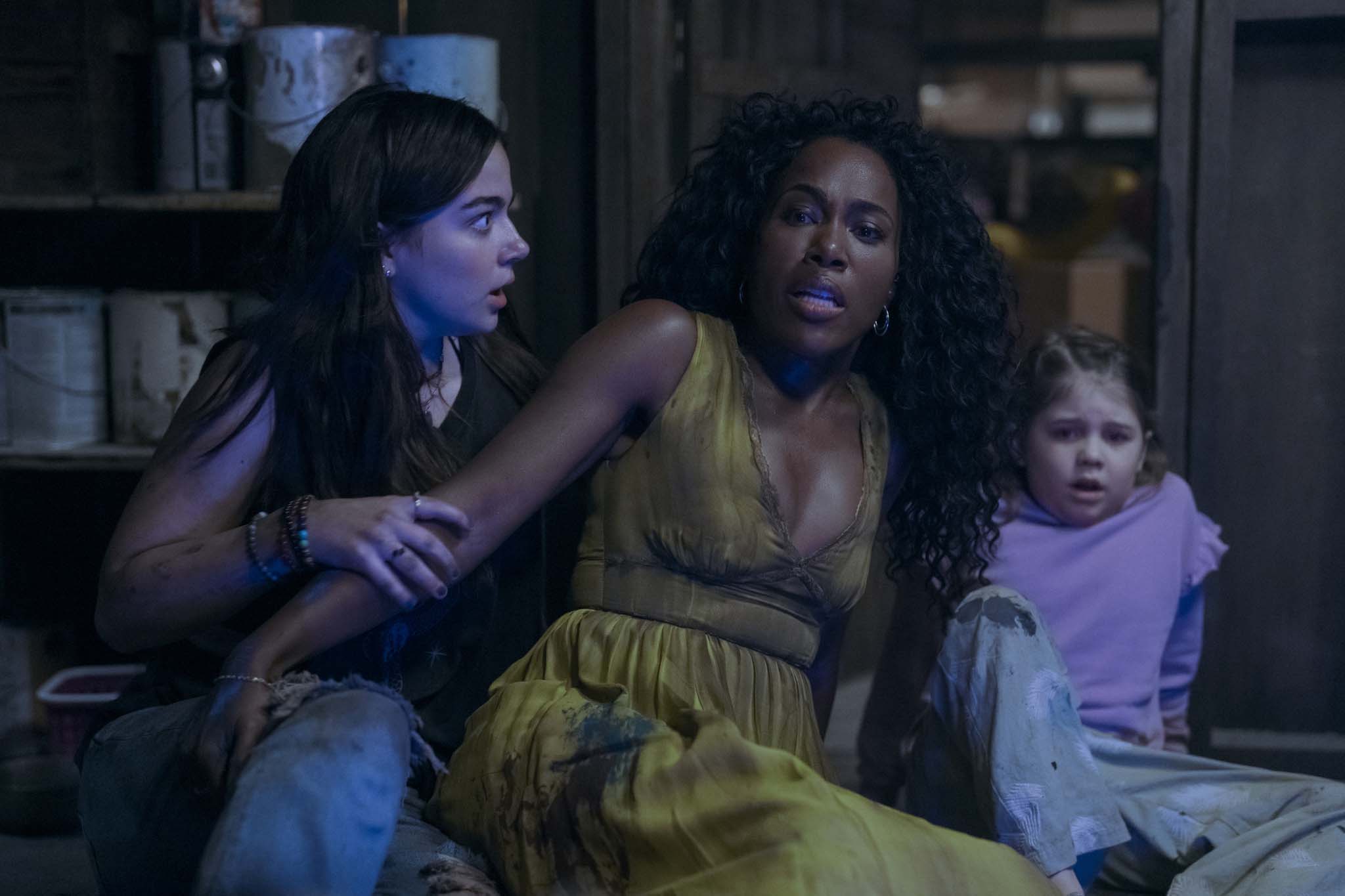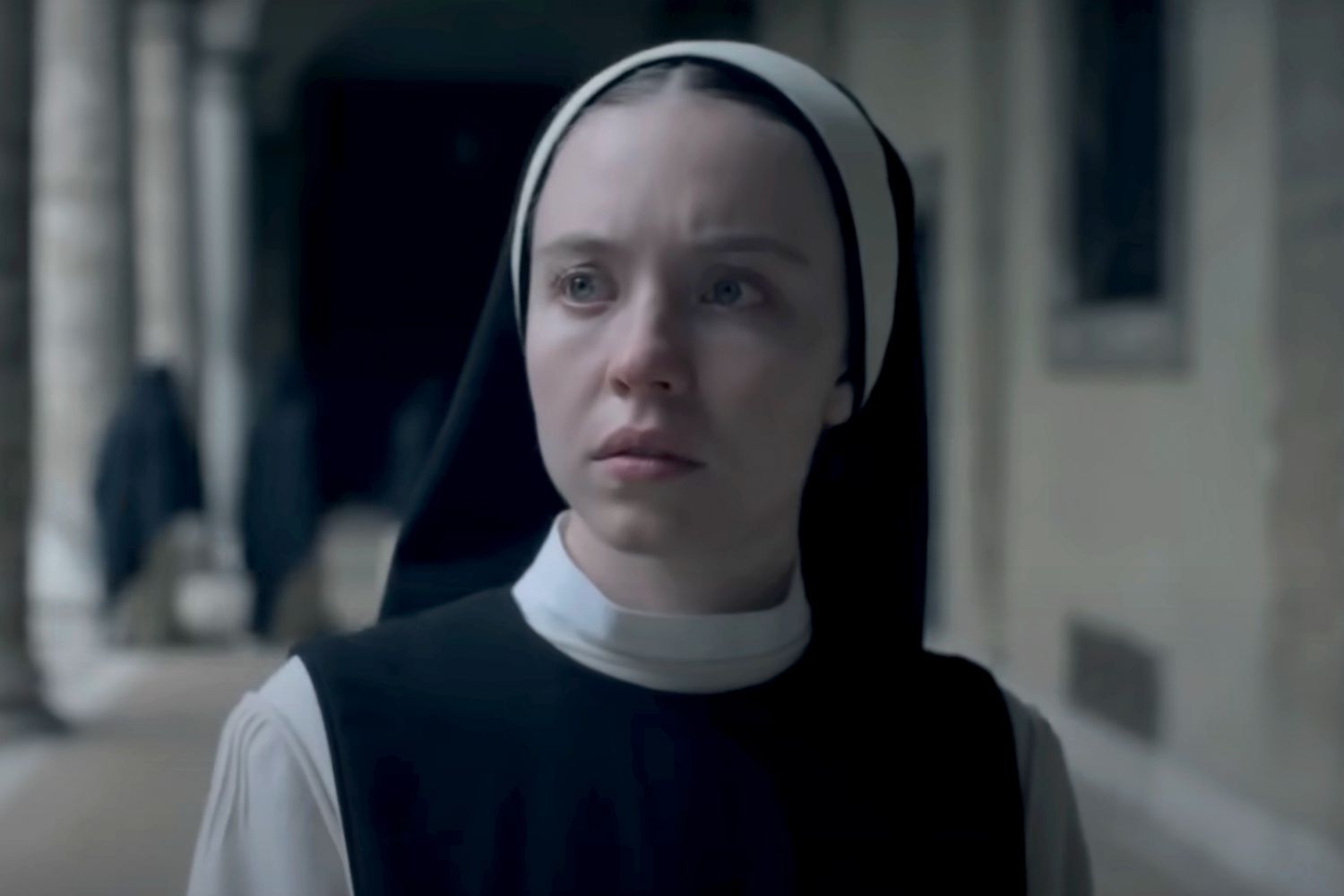What a title! And thankfully, the film delivers; if it were called “This Movie Will Give You $1,000,000” I would be writing this review from a yacht. Greenhorn director Mike Cheslik introduces us to an alcoholic cider manufacturer in pioneer-time America who must learn to survive in the wilderness by fighting off rabbits, raccoons, and, of course, beavers, as played by cast members in Disneyland-style costumes. Although on the surface, it may seem like a parodic B-movie oddity, it is, instead, a cannot be ignored rip-roaring comedy that will stand the test of time for its classic elements alongside its timeliness. The trick Cheslik and his team have pulled off is to create a fresh feeling, original film with the familiarity of an old sweater.
Rather than creating new aesthetics whole cloth, the filmmakers lifted a combination of ideas from other art in an original way. This is ‘Influenced Cinema’. Cheslik joins the ranks of Quentin Tarantino and Edgar Wright in constructing works so strongly indebted to their creators’ influences that they are inextricable until a generation decides only to remember the influenced work. Audiences are hailing Hundreds of Beavers as the return of early cinema, and indeed, the almost completely dialogue-free black and white movie brings to mind Chaplin’s slapstick or, in talkies, W.C. Field’s absurd games. But Cheslik has layered upon it so much more. The Looney Tunes logic, a Silver Age Disney animated musical number, charming Muppets-like expression, and most prominently, a Legend of Zelda video game shop system, inventory tracker, overworld map, and use of sound effects are all in service of a wholly original story.
While certainly frenetic, the collage feels so natural in execution. Watching our fur trapper friend set traps like comedic setups with ten-minute later punchline payoffs is genuinely engrossing. The experience of seeing the film isn’t a nostalgic one we hold at a distance but a raw, immersive laughter powerhouse that could only come to us now. This child of the ’00s and ’10s American Midwest Internet video sketch scene doesn’t adopt its parent’s propensity for parody. The “going out in the woods to film a thing with friends” could easily turn into something derivative. Instead, these filmmakers set out to make something fun and original from the media that made them. In a world where Hollywood comedy movies are relegated to the Apatow-style of improvisational awkwardness, it’s incredibly refreshing to explore other avenues of movie comedy that are not reliant on references to pop culture even as they adopt their look.
If you seek to be surprised with genuine movie magic, the kind of delights where a younger version of yourself would wonder how a certain effect, stunt, or gag has been achieved or how a script seems to know exactly how your mind works, then there’s no better recommendation this year. Through a combination of costuming, animation, green screen environments, and a sprinkle of puppetry, the world of Hundreds of Beavers feels as tangible as Hyrule, as brimming with laughter as the Muppet theatre, and as full of imagination as the woods behind your own suburban house.

HUNDREDS OF BEAVERS is on general release in the US.

